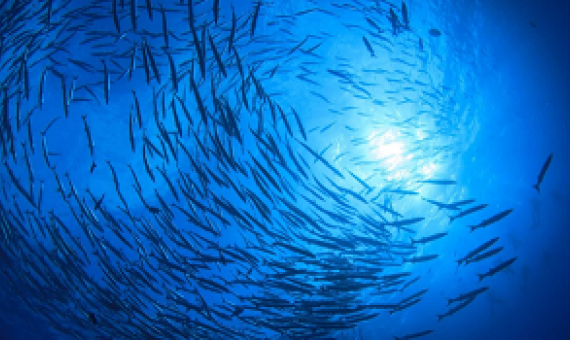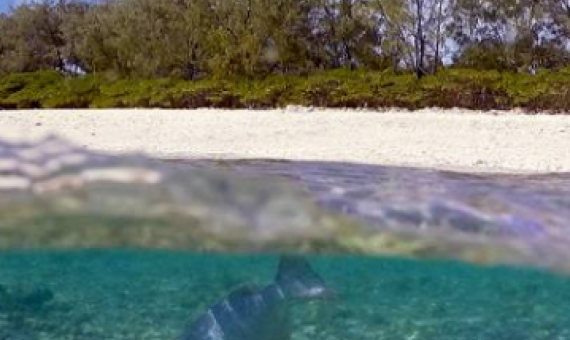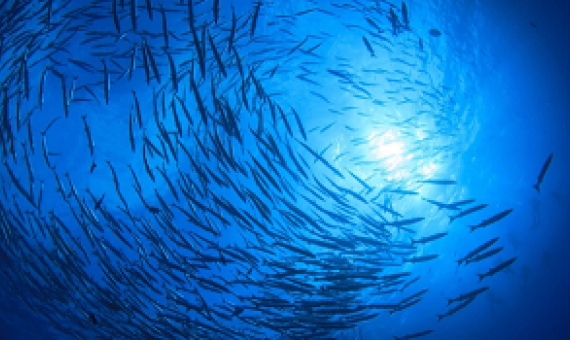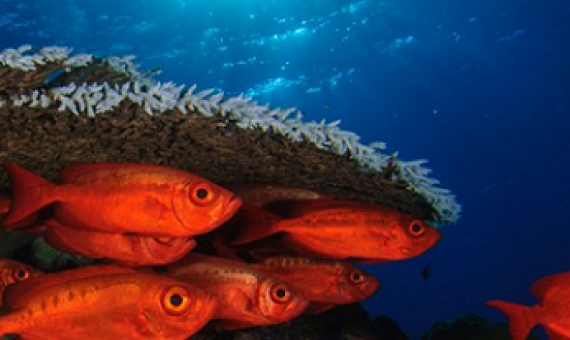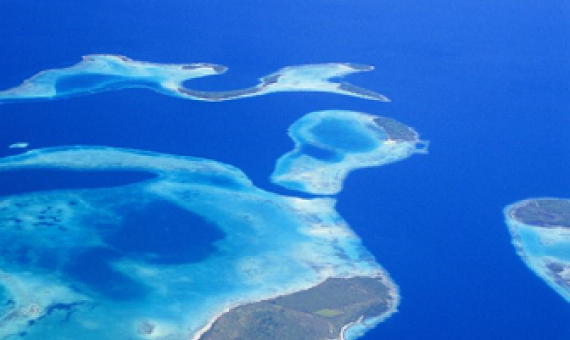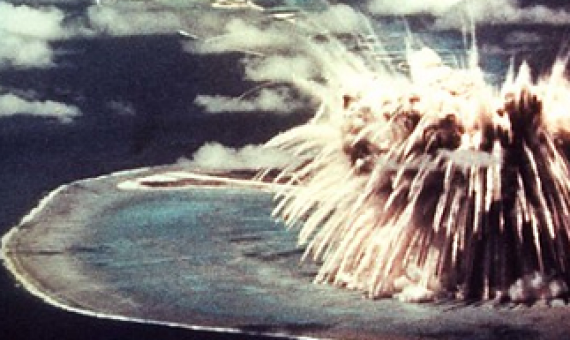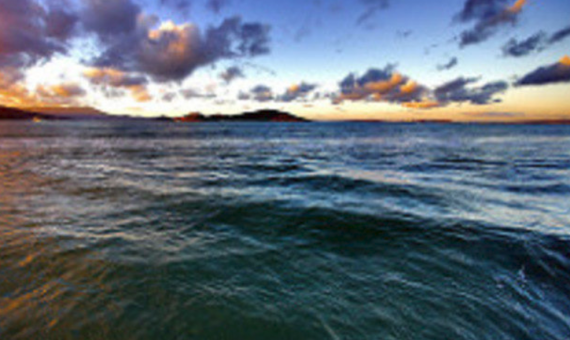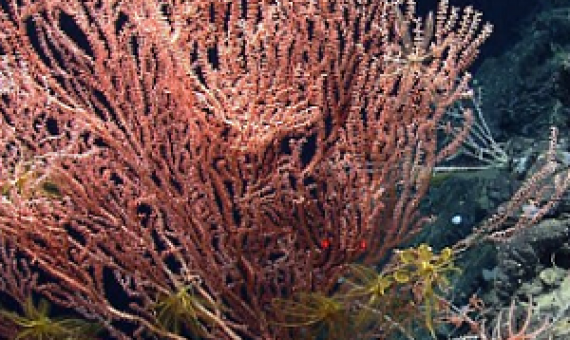While IMO’s Marine Environment Protection Committee grabs the headlines, shipping has yet to play any role in drafting a new international treaty that could redefine how we use the oceans.
Marine heatwaves are defined as periods of five days or more during which ocean temperatures are unusually high, compared with the long-term average for any given place. Click on the link below to read the full article.
On Wednesday, Pacific leaders are joining United Nations Secretary General António Guterres in Fiji to discuss climate change and what the international community must do to address it. Click on the link below to read the full article.
We have reached the point in human history where we can impact every inch of the ocean and at every depth. In the next decade, we need to ramp up the area of ocean we protect, but we must also address sustainable fishing and environmental justice in the places where we allow fishing.
In total, more than a dozen Pacific countries and territories have committed to designating and implementing strong ocean sanctuaries that restrict all commercial fishing. Click on the luink below to read the full article.
Last week, a global scientific assessment found the business-as-usual approach to conservation is not delivering the critical action needed to safeguard the future health of our planet.
The Plan and Initiative aim to support the protection and restoration of marine ecosystems while promoting inclusive livelihoods, in line with SDG 14 (life below water). Click on the link below to read the full article.
The core principles of the Blue Pacific must be read together with recent developments in the region. In 2017, Pacific Islands Forum leaders endorsed the concept as a ‘driving force’ connecting Pacific peoples ‘with their natural resources, environment, culture and livelihoods’.
The goal of the fellowship program is to strengthen Pacific regional capacity in financing for improved ocean governance and health and its aim is to improve the amount and efficacy of finance for Pacific Ocean governance.The deadline to apply is May 10th, 2019. Click on the link below for f
Despite being notoriously destructive, bottom trawling is a popular fishing method, responsible for catching around 25% of all wild-caught seafood.

